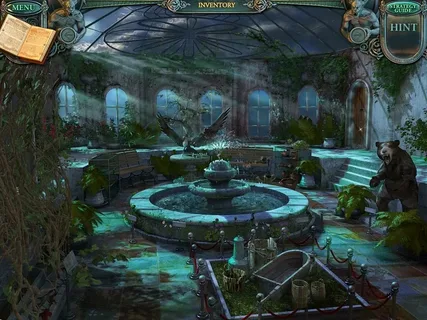Vienna is often celebrated for its grandeur — wide boulevards lined with palaces, the opulence of the Hofburg, and the stately calm of the Ringstrasse. Yet, tucked between its monumental façades are narrow, shadowed alleys that whisper stories far older and quieter than the imperial fanfare. These forgotten lanes, often passed by without a second glance, carry the weight of the Austro-Hungarian Empire in every worn cobblestone and crooked doorway. For those with a keen eye and a curious spirit, these alleys open a portal into a more intimate and hauntingly beautiful side of Vienna.
Many visitors come seeking classical concerts and imperial glamour, booking Vienna holidays for a taste of culture and charm. But to truly understand the city’s character, one must veer off the guidebook route and explore the overlooked backstreets — places where the echo of carriage wheels can still be imagined and where faded signage in Gothic script hangs forgotten above aged shopfronts. For travellers on all-inclusive holidays, it’s easy to experience Vienna’s highlights — but the soul of the city resides in its hidden corners.
It is here, in the spaces between palaces, that the spirit of old Vienna lingers. Wandering past forgotten courtyards, abandoned 19th-century cafés, and crumbling stone steps, one begins to feel the rhythm of the city’s quieter history. For those planning Vienna holidays with flexibility to explore, platforms like Travelodeal make it easier to extend beyond the usual sightseeing and delve into Vienna’s layered past — not just where royalty dined, but where servants whispered, poets dreamed, and revolution once brewed.
Alleys That Time Left Behind
Take Blutgasse, one of the oldest lanes in Vienna, nestled behind the towering Stephansdom. Its name, which translates to “Blood Alley”, sparks more than a few local legends — some say knights of the Templar Order were slaughtered here, their blood staining the stones. While historians debate the tale’s accuracy, the atmosphere of the alley remains undeniably haunting. The buildings loom with quiet authority, their façades unchanged for centuries, their windows peering out like eyes remembering everything.
A few steps away, Schönlaterngasse reveals the tale of the Basilisk, a mythical creature said to have haunted a well in the 13th century. The alley’s namesake “Beautiful Lantern” still hangs as a marker of that legend. These tucked-away paths are less polished than Vienna’s main streets, but that’s precisely their charm — they remain untouched by time, carrying with them echoes of superstition, folklore, and daily life under the empire.
Architecture of Secrets
The architecture of Vienna’s alleys tells stories too — iron gates with curling vines, baroque archways leading to silent courtyards, and century-old plaques still affixed to peeling walls. You might stumble upon a hidden passage leading into what appears to be a residential courtyard but was once a staging area for imperial servants or horse stables. These spaces are surprisingly accessible — many are open to the public but receive little foot traffic, offering the luxury of solitude in the heart of the city.
And in places like the Freihausviertel, once a working-class neighbourhood, you’ll find winding backstreets that have resisted modernisation. Here, repurposed workshops and decaying facades create a blend of past and present, perfect for those chasing authenticity over polish. The sense of history isn’t curated — it’s ambient, whispered through iron hinges and flickering lanterns.
A Walk-Through Forgotten Stories
Walking Vienna’s alleys is more than a scenic detour — it’s an act of communion with the city’s undercurrent, a quiet rebellion against the surface-level view. These paths are where the city remembers without ceremony. They remind us that empires weren’t just built in ballrooms but also in bakeries, in courtyards where children played, and in rooms where secret meetings were held.
So, if you find yourself in Vienna and feel the pull of its imperial past, take a turn off the main road. Let your feet guide you down the less-travelled alley, past shuttered windows and archways that lead into memory. In these narrow corridors, Vienna still breathes — softly, but deeply.



